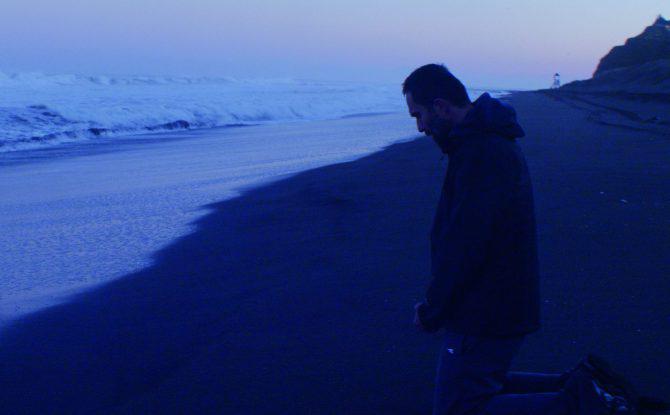|
‘The Club’: An effective study of abusive priests in exile
By Bill Goodykoontz
Chilean writer and director Pablo Larraín moves away from films about the Pinochet regime with “The Club,” in which he takes on the Catholic Church. It’s an interesting movie, odd and disturbing by design. But it’s also effective. Four men and a woman share a house in a small coastal village. They train a greyhound and mill around. Over time, we learn why they are there. They are disgraced priests, sentenced, basically, to the house to keep them both out of trouble and out of the public’s notice. They have committed various offenses against the church, which, as someone notes later in the film, are also crimes. (“Has it ever occurred to you that you’re a criminal?”) The woman, Mother Monica (Antonia Zegers), looks after the priests, keeps things in order — and has sins of her own. Another priest arrives, and Mother Monica explains the house rules and curfews to him. It’s a monastic existence, you might say, though the irony is uncomfortable. Lots of prayer and meditation, some TV and not much else, other than working with the dog. But with this priest comes another arrival: Sandokan (Roberto Farias), who stands in the yard outside and screams of the abuse, in graphic detail, the priest carried out on him when he was a boy. It is exceedingly uncomfortable for the audience, unbearable for the priests. This leads to violent action that brings in a Jesuit named Father Garcia (Marcelo Alonso), a counselor whose motives are unclear, and whom the other priests eye with suspicion. Father Garcia tightens up the rules and interviews each man, questioning him about his past and crimes. The scenes are intense. Some deny their crimes. Others try to justify them. It’s hard not to feel queasy as the delusional excuses and rationalizations mount. If this sounds like Larraín is making the audience side with Father Garcia, he’s not. It isn’t that simple, and Alonso’s excellent performance helps the film avoid easy answers. One of the disgraced priests calls Garcia out as a Vatican bureaucrat who stays in five-star hotels and wears fancy cologne — and then identifies the cologne, to the bemusement of Garcia. While “The Club” is fascinating as a character study, and Larraín’s use of drab, ugly, muted colors reinforces the idea of entrapment, near the end the story takes a turn toward the implausible. Maybe Larraín is saying the ridiculous seems normal here. Whatever the case, it’s not a great fit with the rest of the story, but it doesn’t take away from the power of the film, either.
|
.
Any original material on these pages is copyright © BishopAccountability.org 2004. Reproduce freely with attribution.
